Music of Argentina, Argentina, a vast and diverse country at the southern tip of South America, has gifted the world with a musical heritage as varied and captivating as its landscapes. From the romantic allure of tango to the soul-stirring rhythms of folklore, Argentina’s music is a kaleidoscope that reflects the nation’s history, cultural fusion, and a ceaseless passion for self-expression. Join us on a melodic journey through the heart of Argentina’s musical tapestry.
Tango: The Soulful Dance of Buenos Aires
When one thinks of Argentina’s music, the enchanting notes of the tango often spring to mind. Born on the streets of Buenos Aires in the late 19th century, the tango is more than a dance; it’s a cultural phenomenon that has come to symbolize the soul of Argentina. A seductive fusion of European, African, and indigenous influences, the tango is a rhythmic dialogue between passion and melancholy.
The bandoneón, an accordion-like instrument, takes center stage in the tango ensemble, accompanied by the guitar, piano, and violin. The music weaves a narrative of love, heartbreak, and the tumultuous emotions of urban life. In the streets of Buenos Aires, couples embrace in a dance that is both intimate and intense, mirroring the complex history and diverse influences that shape Argentina’s identity.
Folklore: Rhythms of the Pampas and the Andes
As vast as Argentina’s landscapes are its traditional music forms, and at the heart of these is folklore. The soulful melodies and poetic lyrics of Argentine folklore resonate with the nation’s rural roots, reflecting the life of the gauchos on the expansive Pampas and the indigenous communities in the Andean highlands.
The “Zamba,” a traditional dance form, captures the essence of Argentine folklore. Dancers, adorned in vibrant costumes, move with grace and precision, expressing themes of courtship and cultural pride. The “Chacarera” is another iconic genre, rooted in the agricultural traditions of the Northwest. Its lively beats and rhythmic footwork tell stories of hard work, resilience, and the unbreakable bond between the people and the land.
Carlos Gardel and the Golden Age of Tango
No exploration of Argentine music would be complete without paying homage to the “King of Tango” – Carlos Gardel. A legendary figure in the early 20th century, Gardel’s voice and compositions brought the tango to global prominence. Songs like “Por Una Cabeza” and “El día que me quieras” remain timeless classics, evoking the nostalgia and passion inherent in the tango.
The “Golden Age of Tango,” spanning the 1930s to the 1950s, marked a period of unparalleled creativity and innovation in Argentine music. Orchestras led by luminaries such as Astor Piazzolla and Aníbal Troilo pushed the boundaries of traditional tango, infusing it with elements of jazz and classical music. This era solidified the tango’s status as a cultural treasure and laid the foundation for its enduring global appeal.
Nuevo Tango: Astor Piazzolla’s Musical Revolution
Astor Piazzolla, often referred to as the “revolutionary” of tango, played a pivotal role in reshaping the genre in the mid-20th century. Breaking away from the traditional tango orchestras, Piazzolla introduced a more complex and innovative approach, known as “nuevo tango” or new tango. His compositions, such as “Libertango” and “Adiós Nonino,” expanded the expressive possibilities of tango, incorporating elements of jazz and classical music.
Piazzolla’s nuevo tango was met with initial resistance but later garnered international acclaim for its daring fusion of genres. It marked a paradigm shift, elevating the tango from a popular dance to a sophisticated and intellectually stimulating art form. Piazzolla’s legacy endures, and his influence can be heard in the work of contemporary musicians worldwide who continue to push the boundaries of musical expression.
Rock Nacional: The Beat of Youthful Rebellion
In the latter half of the 20th century, Argentina witnessed the rise of “Rock Nacional,” a homegrown rock movement that emerged as a voice of youthful rebellion and social critique. Bands like Soda Stereo, Los Fabulosos Cadillacs, and Charly García became iconic figures, blending rock with elements of new wave, ska, and punk.
Soda Stereo, in particular, achieved international success and is often credited with bringing Latin American rock to a global audience. Their innovative sound, characterized by atmospheric guitars and infectious rhythms, resonated with a generation seeking to express its identity amidst political and social upheavals.
Contemporary Fusion: Argentina’s Global Sound
In the 21st century, Argentina’s music continues to evolve, embracing global influences while staying rooted in its traditions. Artists like Gustavo Santaolalla, a prolific composer and producer, have garnered international acclaim for their ability to fuse Argentine folk elements with contemporary styles. Santaolalla’s work, including the soundtrack for the film “Brokeback Mountain” and the video game “The Last of Us,” showcases the versatility and global appeal of Argentina’s musical talent.
Folktronica, a genre that merges traditional folk with electronic elements, has also gained popularity in Argentina. Artists like Juana Molina and Chancha Via Circuito experiment with electronic beats, creating a sound that bridges the gap between the past and the future.
Conclusion: The Ever-Pulsating Heartbeat of Argentina’s Music
Argentina’s music is a testament to the nation’s dynamism, resilience, and the enduring power of cultural expression. From the passionate embrace of the tango to the rhythmic beats of folklore, from the rebellious chords of Rock Nacional to the global fusion of contemporary sounds, Argentina’s musical journey is a vibrant tapestry that weaves together the threads of history, culture, and innovation.
As Argentina strides into the future, its music remains a pulsating heartbeat, resonating with the stories of its people and echoing the diverse landscapes that have shaped its identity. In every note, in every dance, there is a story – a story of passion, nostalgia, and the eternal quest for self-expression that defines the soul of Argentina’s musical heritage.
Famous Artists:
Argentina has produced a wealth of celebrated musicians and artists who have left a profound impact on the world of music. Some of the most famous Argentine musicians and artists include:
- Carlos Gardel: Known as the “King of Tango,” Carlos Gardel is an iconic figure in the world of tango. His emotive voice and classic tango compositions have earned him a lasting place in the hearts of tango enthusiasts.
- Astor Piazzolla: Astor Piazzolla is renowned for revolutionizing the tango genre by infusing it with elements of classical music and jazz. His compositions are celebrated for their innovation and virtuosity.
- Mercedes Sosa: Mercedes Sosa, often referred to as the “Voice of the Voiceless,” is a beloved folk singer who used her music to advocate for social justice and human rights.
- Atahualpa Yupanqui: Atahualpa Yupanqui is a revered folk musician and songwriter known for his poignant lyrics and contributions to Argentine folklore.
- Los Fabulosos Cadillacs: A legendary rock and ska band, Los Fabulosos Cadillacs have had a significant impact on the Latin American music scene.
- Lito Nebbia: Lito Nebbia is a prolific musician and composer who has explored various musical styles, from rock to jazz and tango.


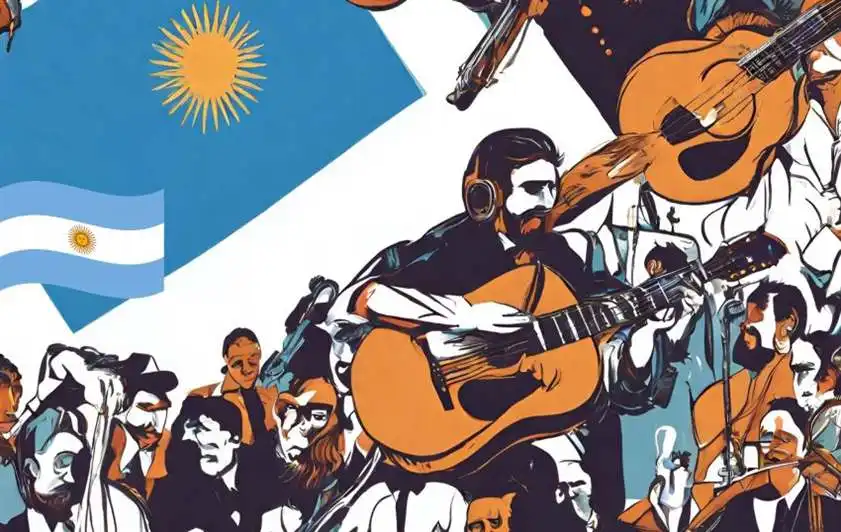
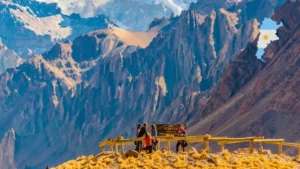
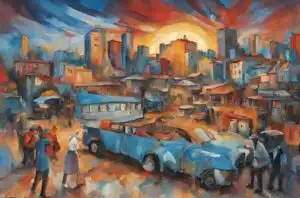
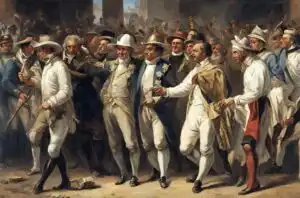
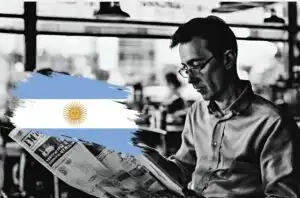

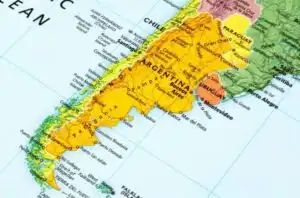

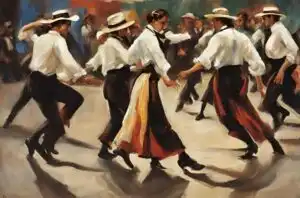
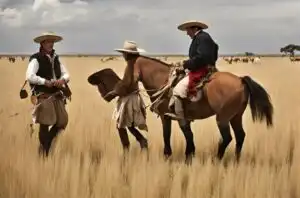
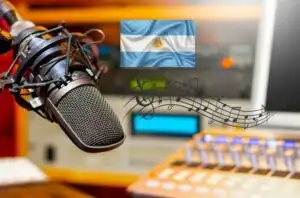
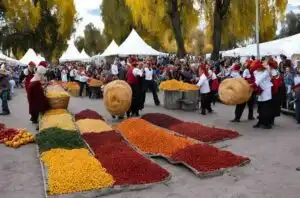

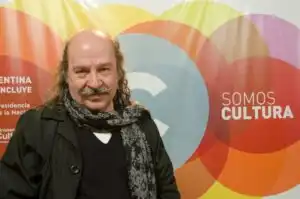
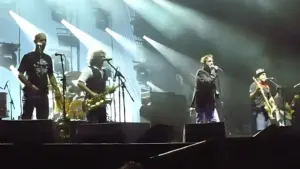
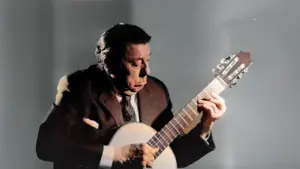
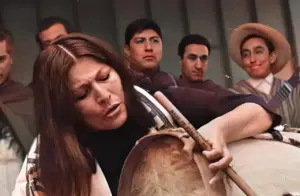
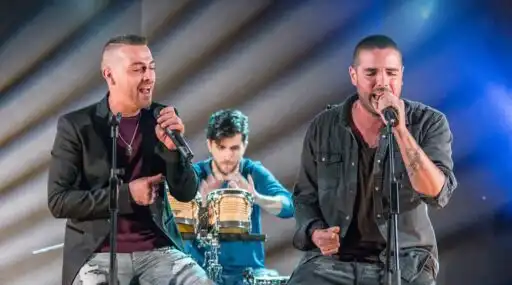
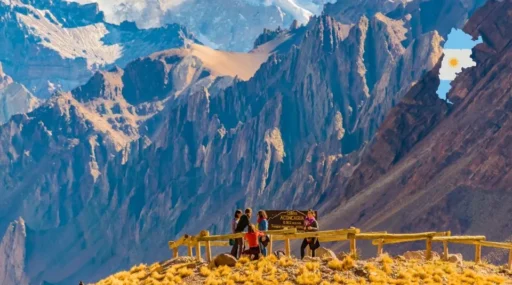
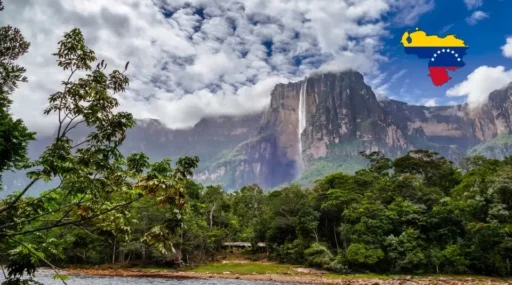

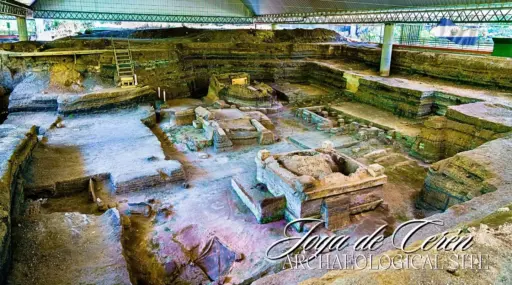

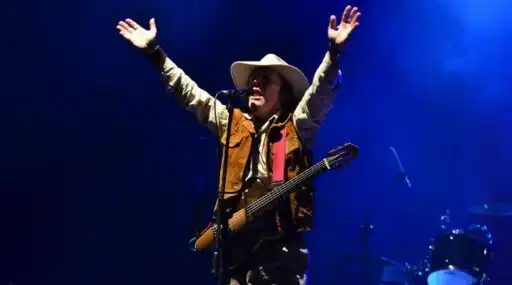


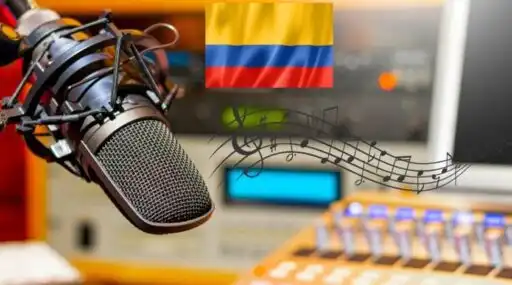

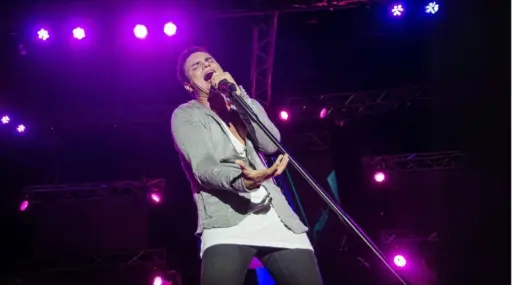


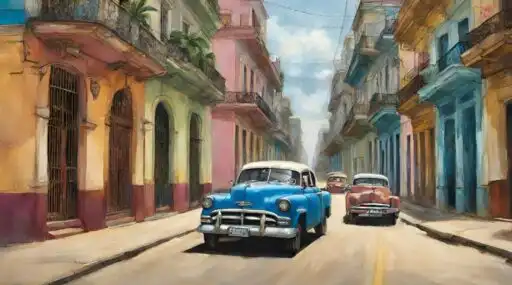
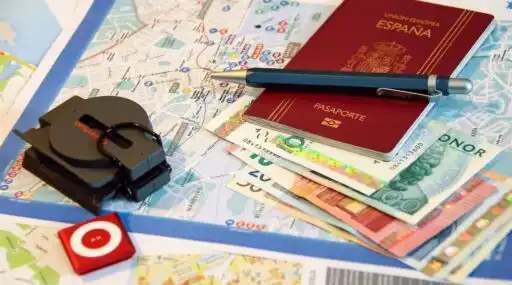
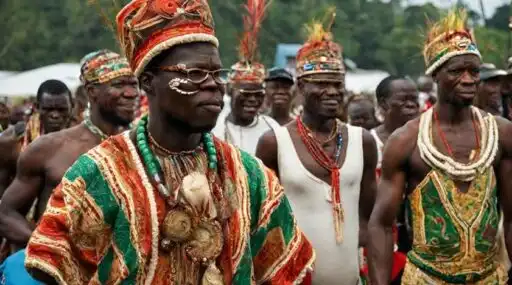
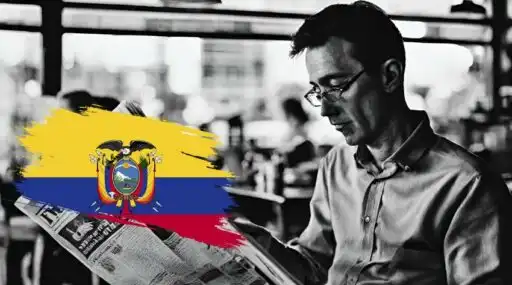


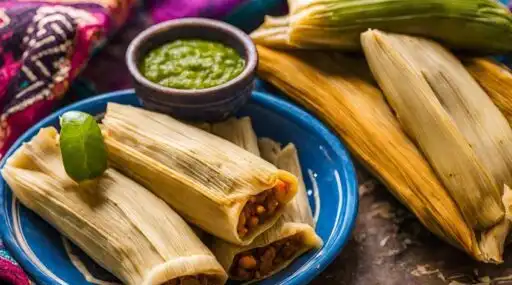

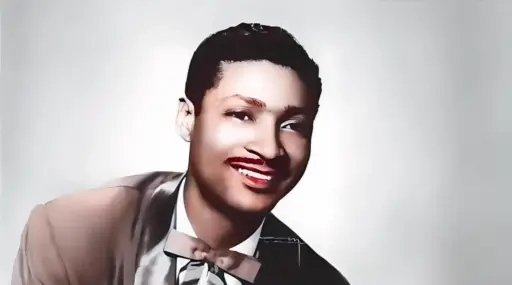
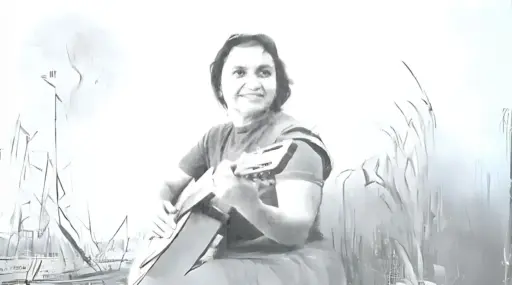
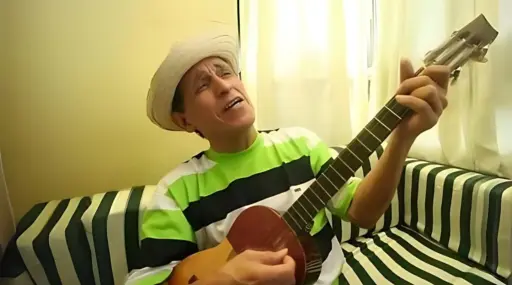
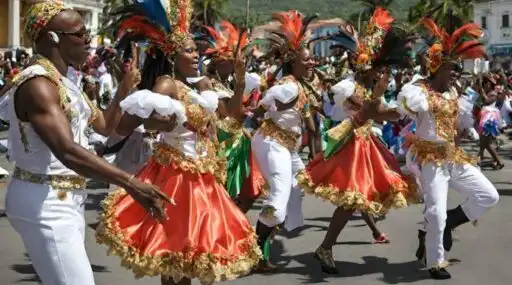

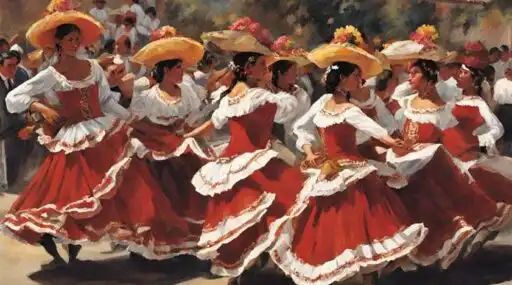


Leave a Reply